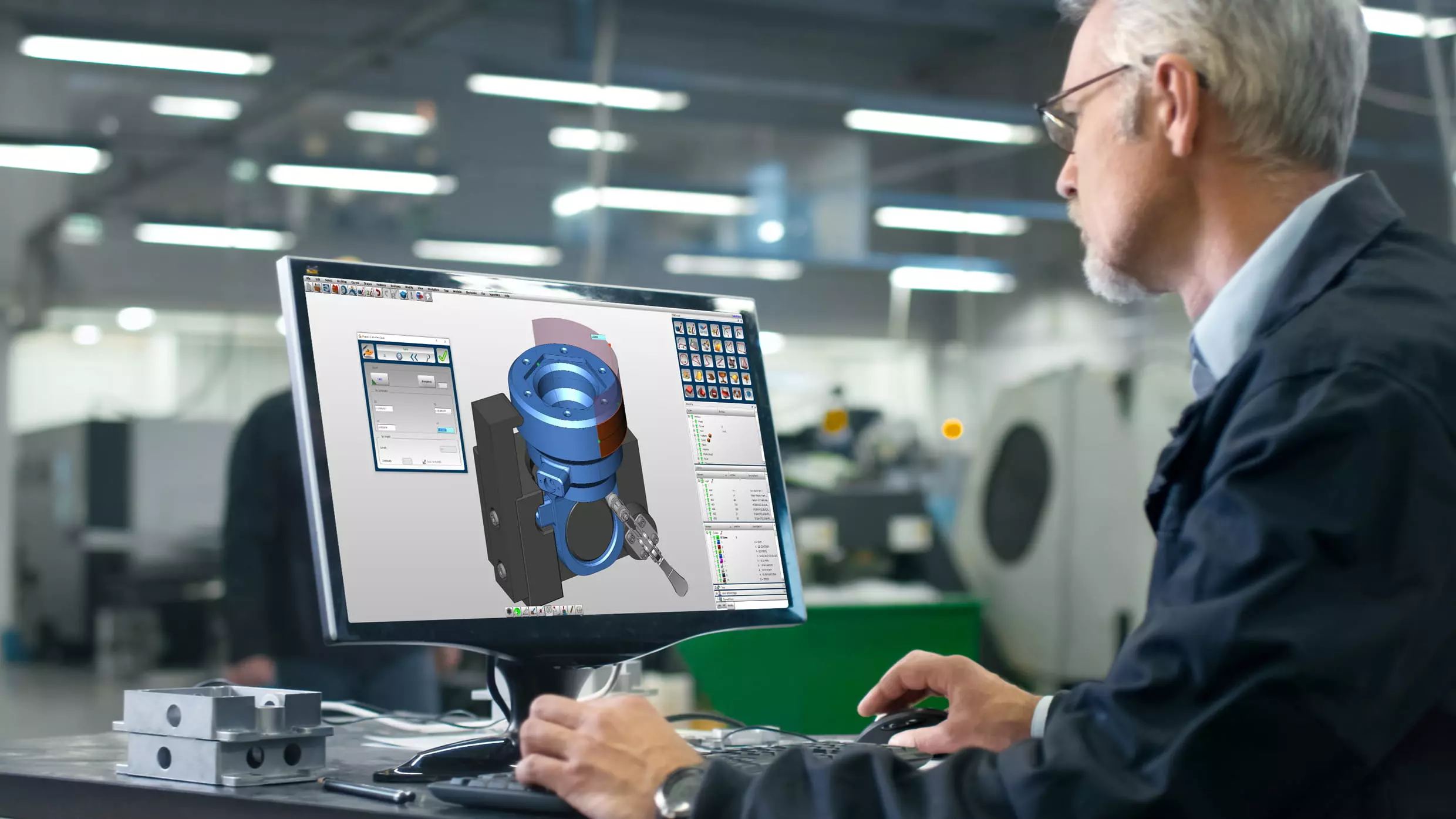
The Hidden Impact of Bad Geometry: Why Pre-Production Matters
The initial design phase profoundly shapes a project's trajectory. Conceptual sketches and digital models evolve into tangible components. Beneath sleek aesthetics lies a critical, often overlooked element: geometric integrity. This foundation is key to seamless manufacturing and successful product realization.
Poor geometry refers to design files with inaccuracies or unresolvable features that hinder downstream processes. Issues range from tiny gaps, overlapping elements, to complex topological errors. They often arise from hurried design iterations or insufficient early-stage validation. These seemingly minor flaws create significant hurdles.
Historically, geometric discrepancies were detected late in the product lifecycle, during prototyping or manufacturing. This late discovery necessitates extensive rework, consumes valuable resources, and causes significant project delays. Research shows design-related issues, especially flawed geometry, are frequent causes of project setbacks.
Recognizing these challenges underscores the critical importance of robust pre-production processes. Early-stage validations are fundamental for modern engineering and manufacturing excellence. Proactively addressing geometric integrity before physical production mitigates risks, streamlines operations, and ensures a smoother transition from design to delivery, championed by ProtoCheck.
🔍 Key Observations from Design Literature
- Geometric design flaws propagate silently, becoming exponentially complex and difficult to resolve as a project progresses.
- Early and rigorous CAD model validation during pre-production is the most effective strategy to prevent extensive, resource-intensive rework later.
- Complex assemblies are highly sensitive to minor geometric inaccuracies, leading to critical fitment issues and functional failures.
💡 Deeper Dive: Interpreting the Implications
The silent propagation of geometric errors is insidious. A tiny digital gap can manifest as misalignment or structural weakness in physical parts. This initial digital anomaly becomes a costly physical problem, requiring significant corrective action and impacting overall product integrity.
Detecting issues late in the lifecycle presents immense challenges. A physical prototype revealing a flaw means downstream processes committed to an erroneous design. Unraveling these commitments for a design change is complex, time-consuming, demanding substantial resource reallocation and causing significant operational disruption. 
Robust pre-production methodologies, supported by advanced software and expert analysis, prove invaluable. Tools that automatically scan and validate CAD models for geometric integrity offer a powerful preventative measure. They identify potential manufacturing impediments, assembly challenges, and quality concerns before they become expensive realities.
The impact on project timelines and resource consumption is considerable. Each rework iteration, delayed shipment, and scrapped component consumes finite resources: engineering hours, material expenditures, and machine time. Adopting stringent pre-production, like ProtoCheck's, allows teams to allocate resources effectively.
Unchecked geometric issues accumulate "technical debt" in the design phase. These unresolved flaws accrue interest, demanding exponentially greater effort and resources to rectify later. Investing in early geometric validation is akin to paying down this debt proactively, preventing future compounding challenges, ensuring a solid design foundation.
Ultimately, emphasizing pre-production geometry fosters a culture of proactive quality assurance. It shifts from inefficient reactive problem-solving to a predictive model that identifies and resolves issues before they materialize. This safeguards project timelines, elevates final product quality, and contributes significantly to long-term operational success.
✅ Paving the Way Forward
- Implement early and continuous geometric validation as a mandatory step in all design workflows, a core principle at ProtoCheck.
- Integrate advanced pre-production analysis tools and expertise to proactively resolve complex geometric discrepancies for smoother manufacturing.
- Foster a culture of design excellence prioritizing foundational geometric integrity, leading to enhanced product reliability and long-term operational success.
Comments ( 6 )


Juan Rios
Thank you for your kind words! We believe that a strong foundation is key to every successful endeavor, and we're glad our insights resonate.

Margot Long
I found the concept of 'technical debt' in design particularly interesting. Are there specific metrics or indicators that companies can use to assess their current level of geometric 'debt'?

Cameron Riley
That's an excellent question! While direct 'debt' metrics can be complex, indicators include frequent rework cycles, escalating material waste, and unexpected delays during assembly. Tools like ours help quantify and visualize these issues early.

Joel Willis
The emphasis on proactive quality assurance is well-made. It’s a shift many organizations are struggling with, but the long-term benefits are undeniable for operational excellence.

Christopher Nelson
Absolutely. Shifting from reactive to proactive requires a cultural change, but the enduring benefits for quality and project success are indeed substantial. We're here to support that transition.
Rowan Gonzales
This article brilliantly articulates the often-underestimated importance of pre-production. It's a clear reminder that investing upfront truly safeguards the entire project. ProtoCheck's insights are always valuable.